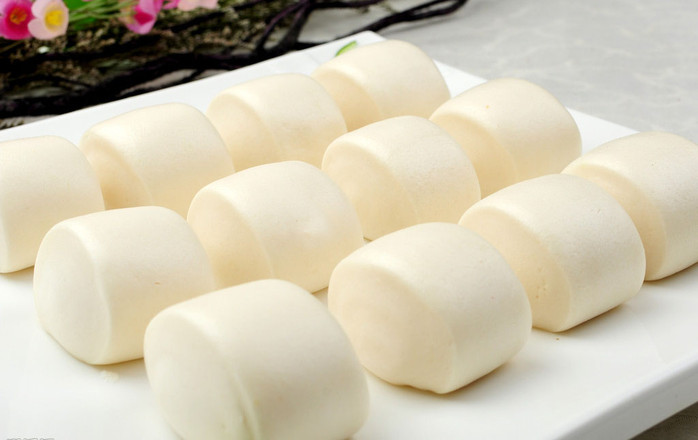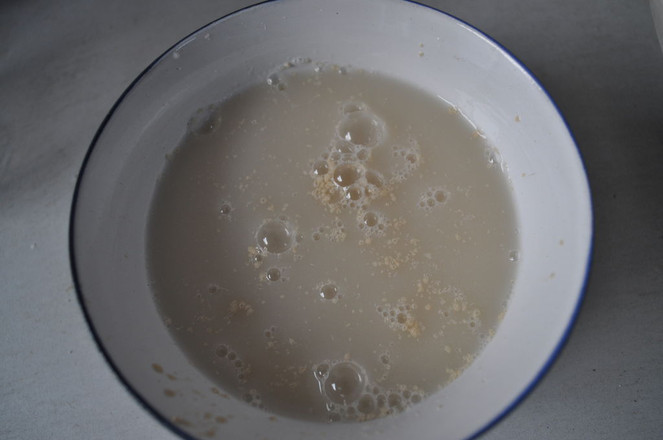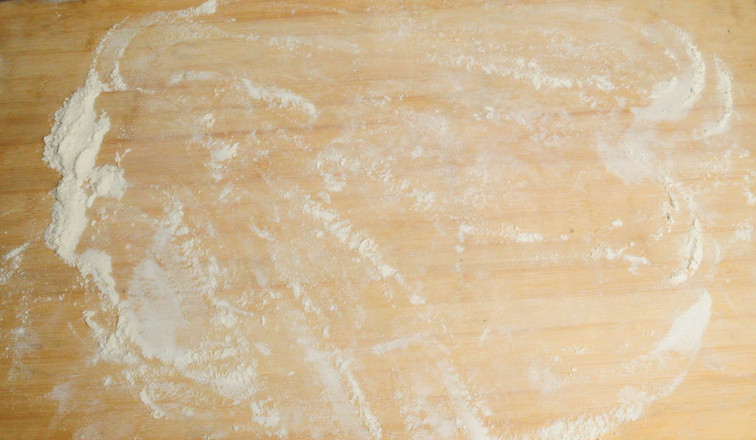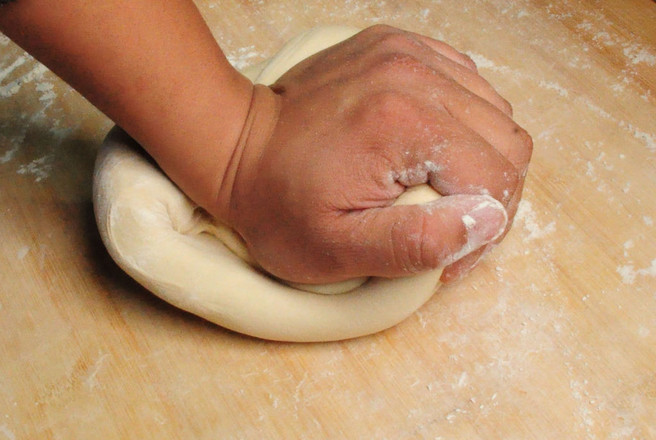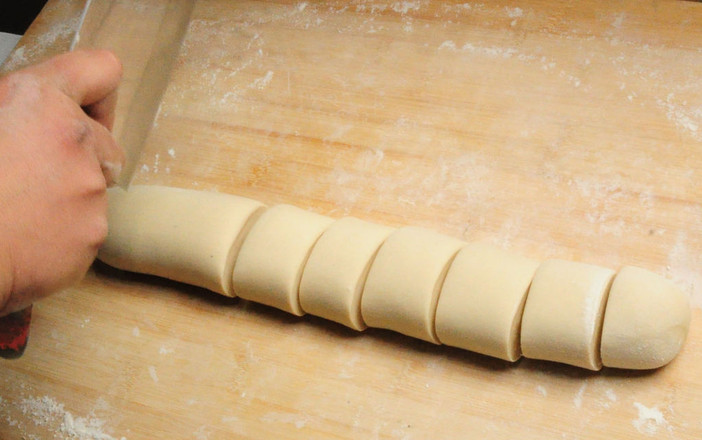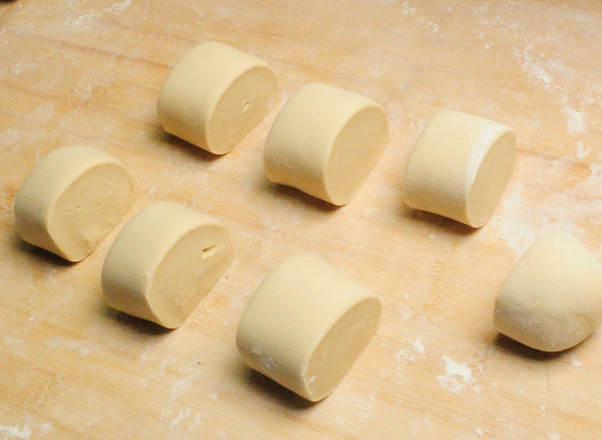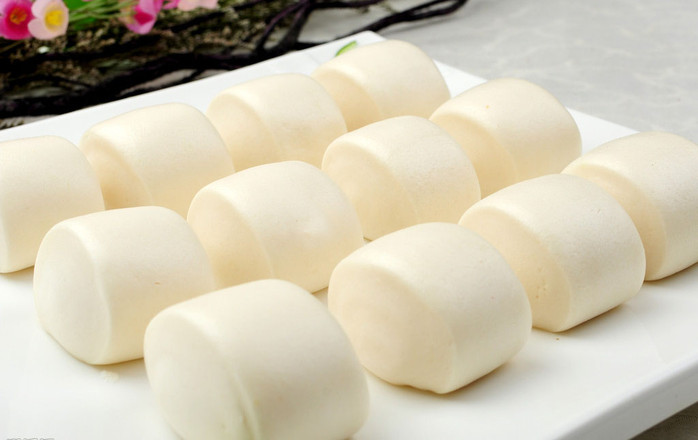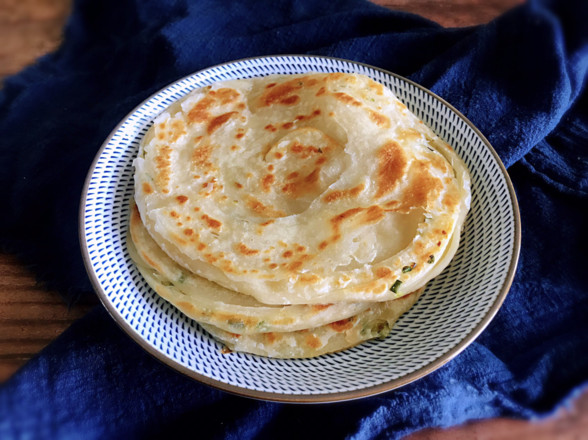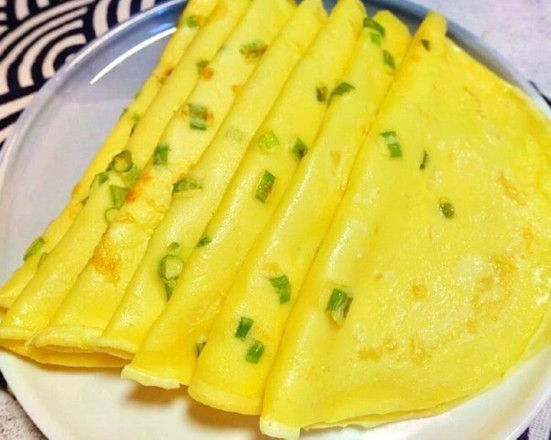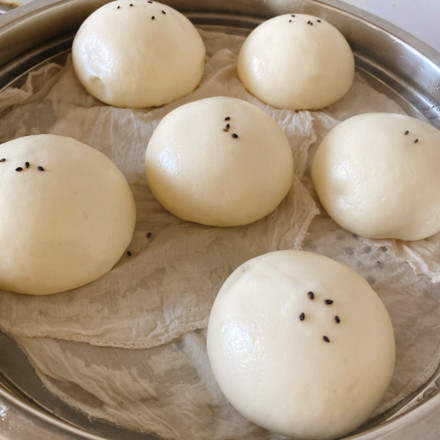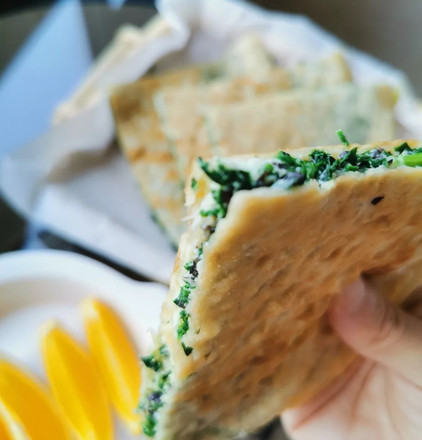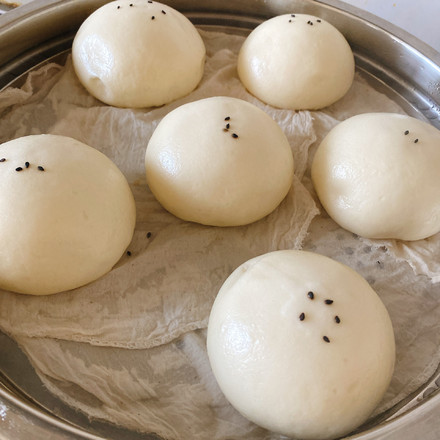Steamed Bread
1.
Dissolve the yeast with 125 grams of warm water to dissolve the yeast powder!
2.
Start feeding, pour the flour into the basin, and make a pit in the middle! Pour the melted yeast powder into the noodles together with water, and then pour in the remaining water too! If the flour is dry and the dough is hard to knead, you can add tens of grams of water appropriately!

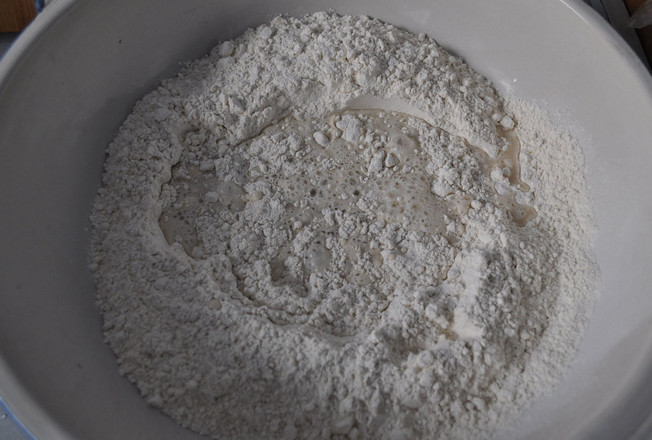
3.
At the beginning of the dough, mix the flour and water with your hands, and then knead all the ingredients into a uniform and smooth dough. Knead the dough and pay attention to several actions. 1: Pick up the dough and wipe the basin, and stick the dry flour or small gnocchi on the basin. clean! 2: Clench your fist and press down, so that the surface on the back of your hand can be cleaned, 3: Press the dough down with the palm of your hand, so that you can stick the surface on the palm of your hand cleanly! :4: Finally, repeatedly knead and press until the dough is smooth! Repeat these actions several times, and you will be able to knead out the legendary dough: noodle cleansing, hand cleansing, and basin cleansing the "three cleans" dough!

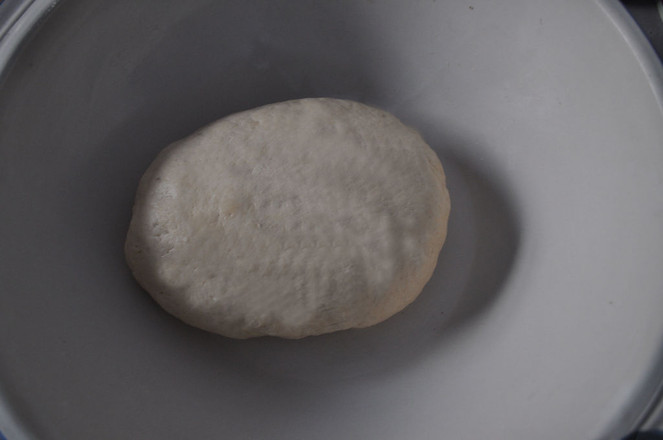
4.
Cover the dough when the dough is fermented to prevent the dough surface from drying out and hardening during the fermentation process! Fermentation has a lot to do with temperature. As long as it can be fermented at room temperature above zero, fermentation is very slow if the temperature is too low. Normally, it is 2 hours at room temperature in summer.
It can be fermented well, it takes 2 hours or more in winter, but you can put the basin in a place with heating or air-conditioning, which is relatively warm, as long as the temperature can reach more than 20 degrees, it can be fermented in about 2 hours. ! test
There are two criteria for whether the dough is fermented well 1: the volume becomes about twice as large. 2. Open the middle of the dough and you can see that the inside has become a honeycomb shape! As long as these two standards are met, it is proved that the fermentation has been completed, no matter how long it takes, don't continue to ferment! The dough will become sour after fermentation! The dough did not ferment successfully, probably due to the following reasons: Firstly, the yeast powder was not put or the yeast powder was too little, and the second fermentation time was not enough! If the temperature has been above 25 degrees for 3 hours and it has not fermented well, it is most likely that the yeast powder has been put in less, or the pro forgetful has not put the yeast powder! The general ratio of yeast powder to flour is: 2-3 grams of yeast powder can make 1-2 kg of noodles. Adjust the ratio of yeast powder according to the actual weight! If the ratio of yeast to water to flour is correct and the temperature is relatively low, then it may be that the dough has not fermented well, so continue to ferment! Until there is an increase in volume and a honeycomb inside the dough! It is not recommended to add more yeast powder. Although it is so fast, the steamed buns are not good!

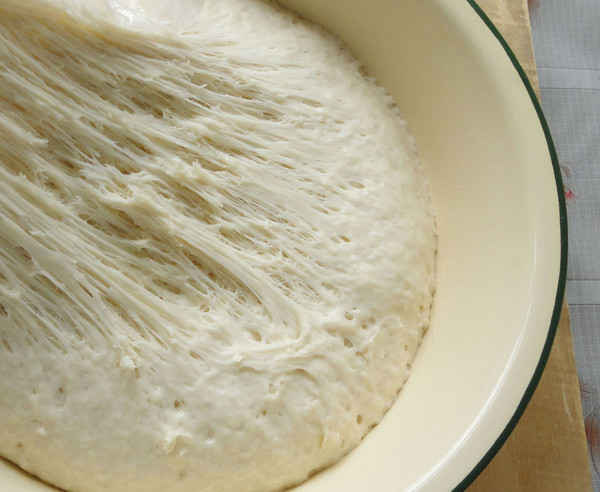
5.
When kneading the dough, first sprinkle some dry flour on the panel and dip some dry flour on your hands, then take the dough out of the basin and place it on the panel, so that the dough will not stick to the panel and hands!
6.
When is it good to knead? Cut the dough with a knife. It’s fine if you don’t see obvious honeycomb on the cut surface. If there are obvious honeycombs inside, you are in a hurry to steam the steamed buns. The steamed buns will not only taste bad, but also have wrinkles Baba's ugly!
7.
Then start to knead vigorously until the dough wants to stick to the panel, and then sprinkle a thin layer of dry flour. Repeat this way and sprinkle a thin layer of dry flour. Repeat several times. Work harder and knead for a while, and the steamed buns will be more chewy and delicious! Haha steamed buns taste worse if they are lazy! Work more to lose weight! Hey, if you are tired, you can roll it repeatedly with the help of a rolling pin!
8.
After the steamed bun forming dough is kneaded, use your hands to knead the dough into a wrist-like strip.
9.
Then use a knife to cut evenly. When cutting, master the essentials of three words: fast, accurate, and ruthless! Only in this way can the cut out buns be uniform and beautiful in shape!
10.
After cutting, separate each steamed bun dough quickly, if two adjacent steamed buns are not separated, they will stick together quickly!
11.
If you want to make round steamed buns, continue to knead the cut dough into a round ball, then find the smoothest side on it, put the dough on the chopping board, hold it in your hands and knead it back and forth until everything is changed Round, the bottom is smaller and the top is bigger than the steamed buns! Regardless of whether it is a cut or kneaded steamed bun, you must dip some dry flour underneath and place it on a panel or other container to avoid sticking to the panel! You have to cover it with something, otherwise the skin will become hard!

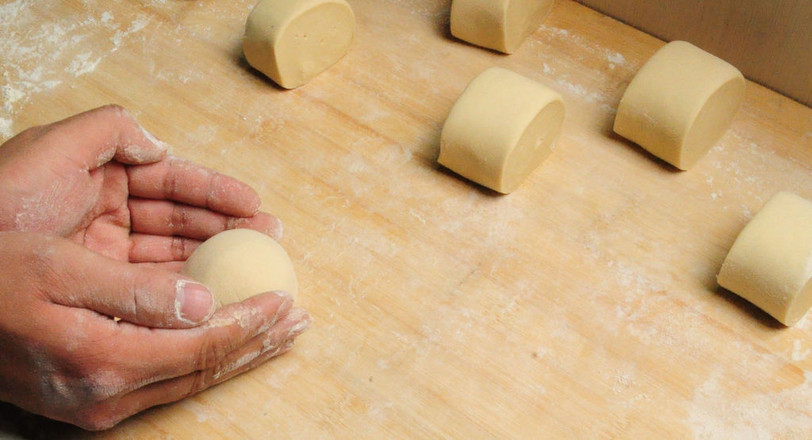
12.
The buns that have been woken up and kneaded cannot be steamed immediately! Let the steamed buns stay at room temperature for a while to relax the dough! When you wake up, remember to find something to cover the bun to prevent the skin from becoming hard! Generally, just wake up for 15-20 minutes at room temperature! At this time you can boil water! Then apply a layer of oil to the steamer with a brush, or wet the cage cloth and place it on it! This is to prevent the steamed buns from sticking to the steamer! Put the awake steamed buns one by one on the steamer. When putting the steamed buns, leave half the distance between each steamed buns (as shown in the picture) because the steamed buns will expand during the steaming process, if you don’t leave it out With enough gaps, each steamed bun will stick to each other! Don't steam in a pot on boiling water! Steam it on a low heat for 5 minutes at the beginning, and then steam at the maximum heat!

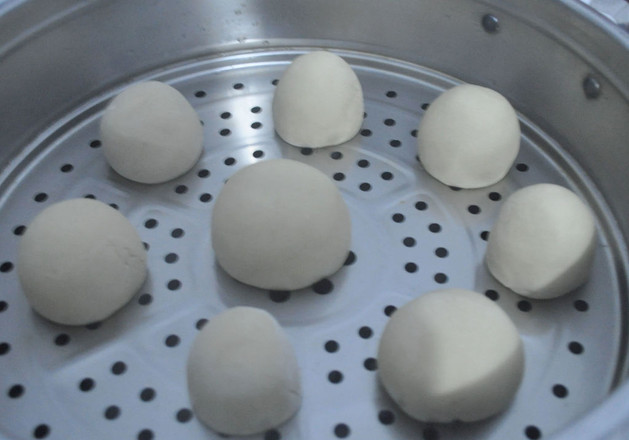
13.
Starting from the pot, steaming for about 15-25 minutes according to the size of the steamed buns will generally be cooked, even regardless of the size of the steamed buns and the steaming time! There is also a standard to test the steamed buns, that is, open the lid and press the buns into a pit with your fingers. If the buns are not restored to the original state, then the buns are not cooked yet, so quickly cover the lid and continue steaming! If it can be quickly restored to its original shape, it proves that the steamed buns are cooked!

